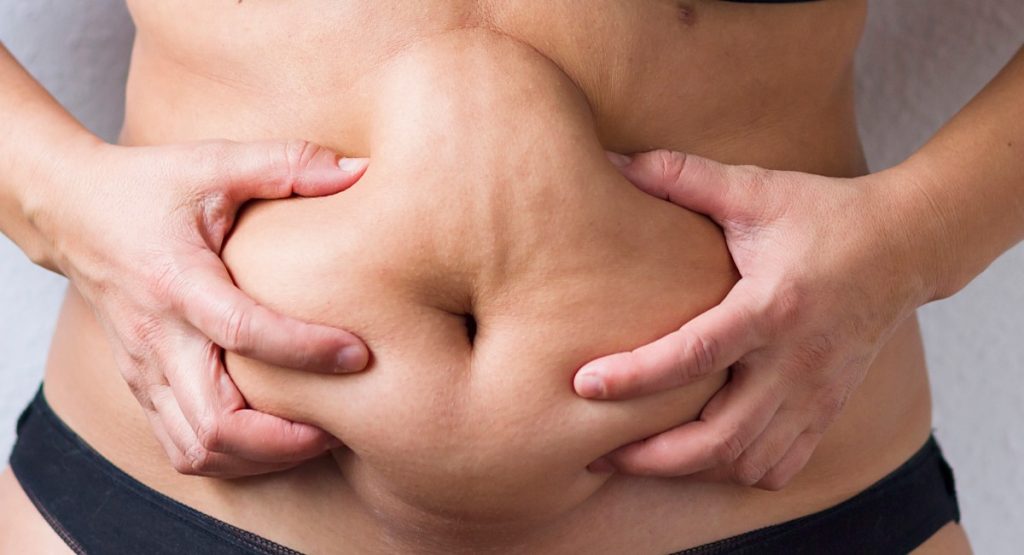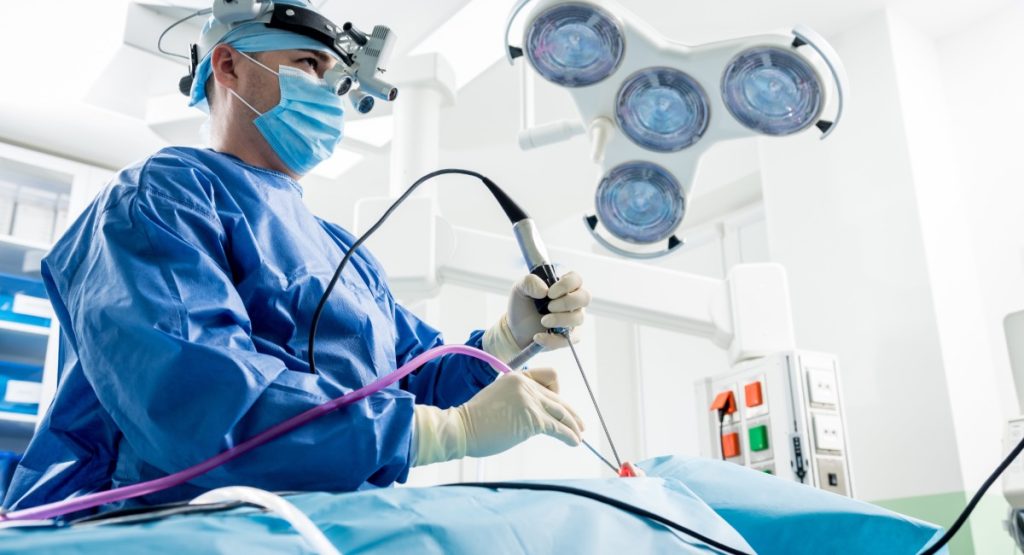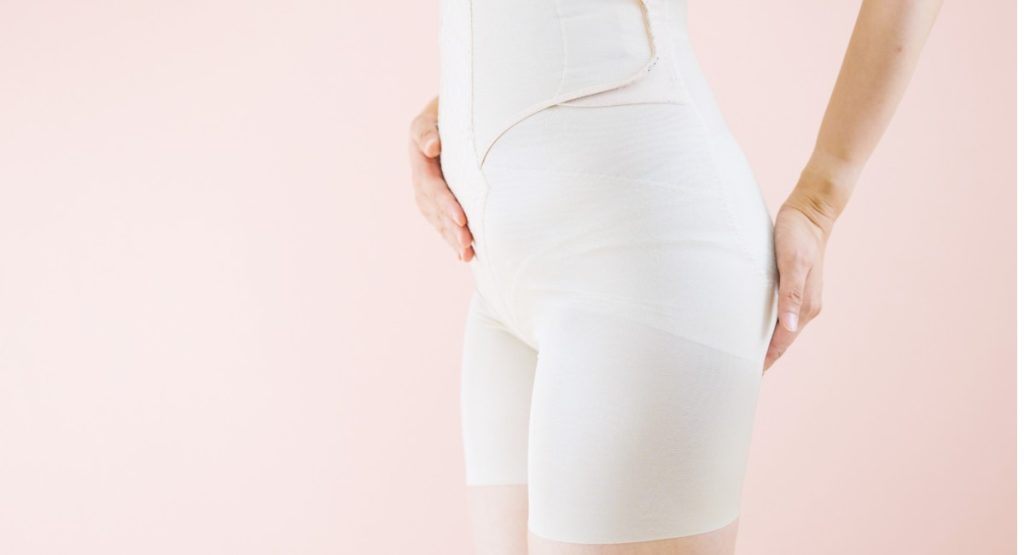Indications for REPA + Abdominoplasty
This procedure is indicated for people who have:
- Moderate to severe rectus abdominis diastasis.
- Excess abdominal skin, especially after pregnancy or weight loss.
- Presence of umbilical or epigastric hernias.
- Weakening of the abdominal girdle that affects posture and functionality.
- Motivation to improve the appearance of the abdomen without compromising functionality.
Benefits of the REPA and Abdominoplasty Combination
- Comprehensive treatment of diastasis
The muscular separation is anatomically corrected, improving posture, reducing lower back pain, and optimizing abdominal function.
- Visible and lasting aesthetic improvement
The abdomen regains a flat, firm, and youthful appearance by eliminating abdominal laxity.
- Prevention of future hernias
The use of a mesh reinforces the area and reduces the risk of recurrence.
- Single procedure, complete results
Avoids performing two separate surgeries, minimizing risks, anesthesia, and recovery times.
- Minimally invasive technology
With the REPA approach, incisions are small, resulting in less pain and scarring compared to traditional techniques.

How is the procedure step by step?
At Centro PAD, we follow a detailed surgical protocol to maximize safety and outcomes:
- Complete initial evaluation: abdominal wall ultrasound, medical history, and physical examination.
- Personalized surgical plan, deciding the type of incision, mesh placement, and aesthetic management.
- Combined surgery under general anesthesia:
- First, the REPA technique is performed, repairing the muscles from the inside using endoscopy.
- Then, the abdominoplasty is carried out, removing skin and fat, and creating a new aesthetic contour.
- Controlled postoperative care in the hospital (24–48 hours).
- Close follow-up with periodic check-ups and physical therapy as needed.
- Duration of the intervention: between 3 and 4 hours.
Recovery after REPA + Abdominoplasty
Recovery varies by patient but usually follows this pattern:
- Visible results from the first week, improving up to 6 months later.
- Hospital discharge in 1 or 2 days.
- Use of a compressive abdominal binder for 4 to 6 weeks.
- Relative rest for the first 10 days.
- Light physical activity after 2–3 weeks.
- Gradual return to work in 3 or 4 weeks.



